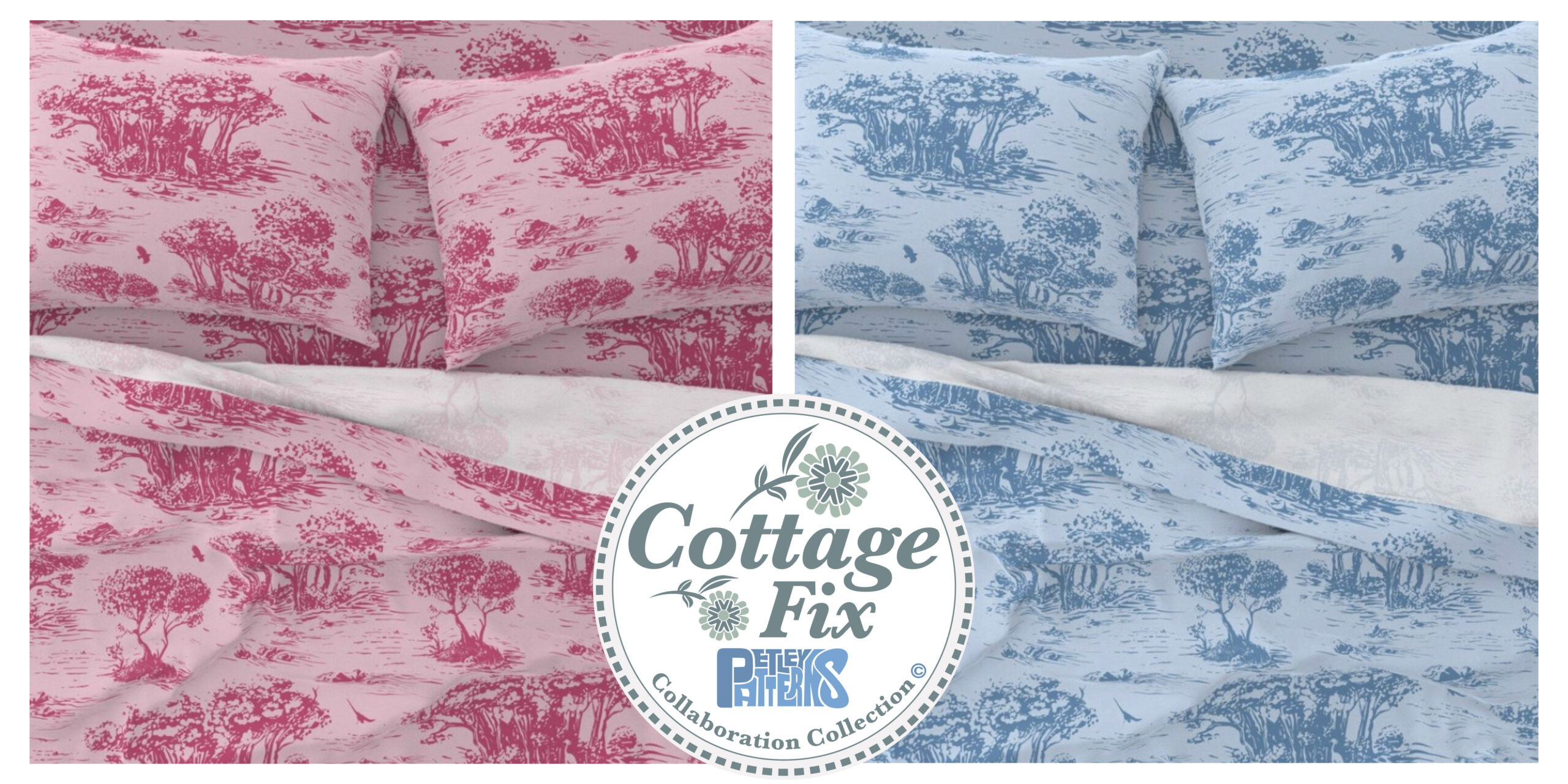WHAT’S LOONEY ALL ABOUT?
Looney is an illustrated novel in verse, filled with story, poetry, multigenerational fueds, and captivating folklore. It’s an allegorical take on self worth and forgiveness, in a town devastated by years of economic decline.
In the tiny town of Hidenwood Hills, the Looney family grapples with the aftermath of a horrific accident that shattered lives and reignited a bitter feud in a community haunted by unresolved grief and guilt.
When Sam Looney embarks on a quest to uncover the truth, the town rallies for a chaotic “Bigfoot hunt,” driven by a desire to confront their fears. Amidst humor and tension, the arrival of an outsider challenges the townspeople to reconsider their identities and legacies. “Looney” is a poignant tale of trauma, family, and the possibility of redemption, showcasing the struggle to forge new connections in the face of a haunted past.
“Full of flavorful dialect and visual personality, LOONEY pops in the mouth like candy but stays in the stomach like a full course meal, with its themes of generational gossip and witch-hunt fears and how the two behaviors stand in the way of both societal and individual healing.”
—Jaime Dill
This project is wholly my own – everything from cover to formatting is the result of my own efforts. I hope you’ll check it out.
Cheers



PATTERN DESIGN
- Wide variety of styles
- Vast experience
- Professional workflow
- Communication
- Creative passion
- Out of the box thinking
With over thirty years of experience in a wide variety of art and design disciplines, I now have an extensive understanding of color, composition, style, and movement, accompanied by a diverse out-of-the-box approach. I’m motivated to impress and to grow as a designer. I believe patterns are a beautiful and practical way to put more good into the world. Cheers

On Style
Style is a term that haunts many artists. Creative minds refuse to be tamed, categorized, or defined. After all, creativity should never be put into a box—right? Style is an unfair paradox. However, without any definition, art can often become invisible, unable to find a consistent voice, or a reliable audience. But, when we push closer to defining style, as we understand it, we find ourselves missing and craving the very freedom and exploration at the heart of creativity.
So, what exactly is style, and how do we find a balance between creativity and the market we wish to attract?
Style is the visual vocabulary, or the through-line in our work. It helps our artistic voice become more recognizable to an audience. And as that vocabulary becomes tighter and more consistent, so will they. Style is not innate, but rather a byproduct of time and practice. It’s about grace, patience, and sacrifice—consistently creating in a way that inspires us, while also allowing our work the time and space to align with our audience.
If you’re anything like me, finding that balance between freedom and style might feel daunting at times, or damn near impossible. But, it doesn’t have to feel that way. Balance comes from community, discovery, exposure, and feedback. We have to explore different mediums and subjects, and be willing to share and discuss our work, regularly, and with an open and receptive mind—especially the fails. Think of it like language. As we grow in our communication skills, learning to speak, stumbling through words, and at times, putting our foot in our mouth, our vocabulary grows stronger. With time and persistent interaction, we also develop our own unique voice and syntax to be better understood, as we align our words with the people we wish most to communicate with.
How do I define my own style?
My style is an evolution, and still a work in progress. And I’m okay with that. Presently, I see it as energetic, crisp, curious, and dynamic. It often pops, but not always, and usually evokes fun and imagination. My adhd and dyslexia both play a big role in my creative journey, and my neurodivergence is undoubtedly an integral part of my presentation and style.
Don’t let style consume you. Focus on your work and your community. Style will slowly, but surely, follow.
What does style mean to you?
Thanks for reading. I look forward to your community, and look forward to sharing with you in the months and years that follow.


